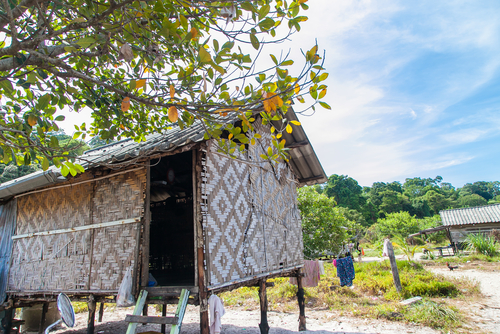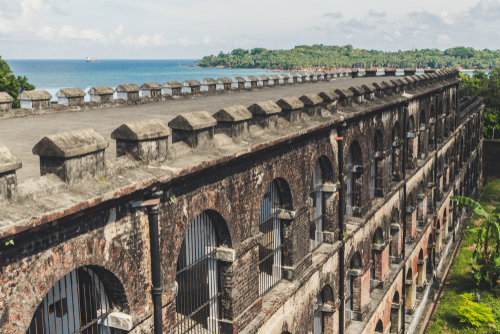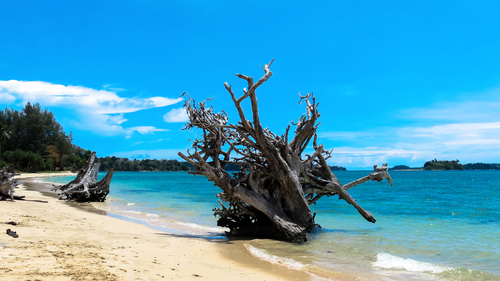We know Andaman & Nicobar Islands for its beaches, the unexplored islands, the coral reefs, the adventure activities, the indigenous tribes, unique wildlife and the mangrove forests. But, like every other individual or a place, even Andaman & Nicobar Islands have a history which would make you relook at the way you see the place. The group of islands evolved over the course of at least a few centuries and became one of the favourite tourist destinations in India. Let’s take a look at the important facts about Andaman & Nicobar Islands’ history to rediscover the islands in a new way.
Andaman & Nicobar Islands – the story behind the name

Both Andaman & Nicobar islands have different stories behind their name. As per popular beliefs, Andaman is named after Lord Hanuman (known as Andomon in Sanskrit). Nicobar Island, on the other hand, derives its name from “Necuverann”, the name European traveller Marco Polo used to denote the island. The term though is believed to be a corrupt version of its original Tamil name Ma-Nakkavaram (the land of the naked), given to the islands by the Chola Empire.
Andamanese tribes – the origin and the lost language

No one knows how and when the local Andamanese tribes i.e. the Sentinelese, Jarawas, Shompens and the Onges came to Andaman & Nicobar islands but the earliest archaeological evidence dates back to some 2200 years.
When they were first discovered by the Europeans, the Andamanese used to speak Moh-Khmer and Shompen languages which seems to have been replaced by Hindi over the years. That said, the local tribes still speak Andamanese and Nicobarese.
The long history of struggles between Islanders and outsiders

Andaman & Nicobar Islands have a long history of wars and betrayals starting from the Battle of Aberdeen to the struggle with the Japanese.
- Battle of Aberdeen: On 17 May 1859, the Great Andamanese tribes fought the British when they felt the Britishers were encroaching on their lands. Even though they lost, a memorial stands at the Andaman Water Sports Complex to honour their sacrifice.
- Japanese invasion: The story of Japanese invading the Andaman & Nicobar islands is known to many. But, a lot of people don’t know about the atrocities they committed with the locals. The Japanese garrison, once Andaman & Nicobar Islands was occupied in 1942, offered no resistance to the landings. The locals were disarmed and interned. It is believed that approximately 2,000 people in the Andamans died as a result of the occupation, and at least 501 were tortured by the Japanese. There are no records to establish the events that happened in the three-year-long stay of Japanese on the islands. The records were destroyed before they left.
The dark history of Cellular Jail

Cellular Jail, which is one of the famous tourist destinations in Port Blair, has a bloody history associated with it. Established during the British era, the jail was used to house criminals convicted of a crime against the East India Company, with a life sentence. The place has witnessed sacrifices from thousands of Indian freedom fighters who were brutally tortured and killed in the jail by the Britishers.
The tsunami of 2004

26 December 2004 is one of the darkest days in the history of Andaman & Nicobar Islands. The islands were first hit by a 33 ft. tsunami followed by earthquakes in the Indian Ocean. As per reports, over 2000 people lost their lives, 4000 children were orphaned and 40,000 people were rendered homeless. Not just that, several pieces of land in the Nicobar islands submerged in water.
Summing up, Andaman & Nicobar Islands’ history is as fascinating as its beaches – sometimes even more. Revisit the history of this conglomeration of beautiful islands with a trip to the islands.
